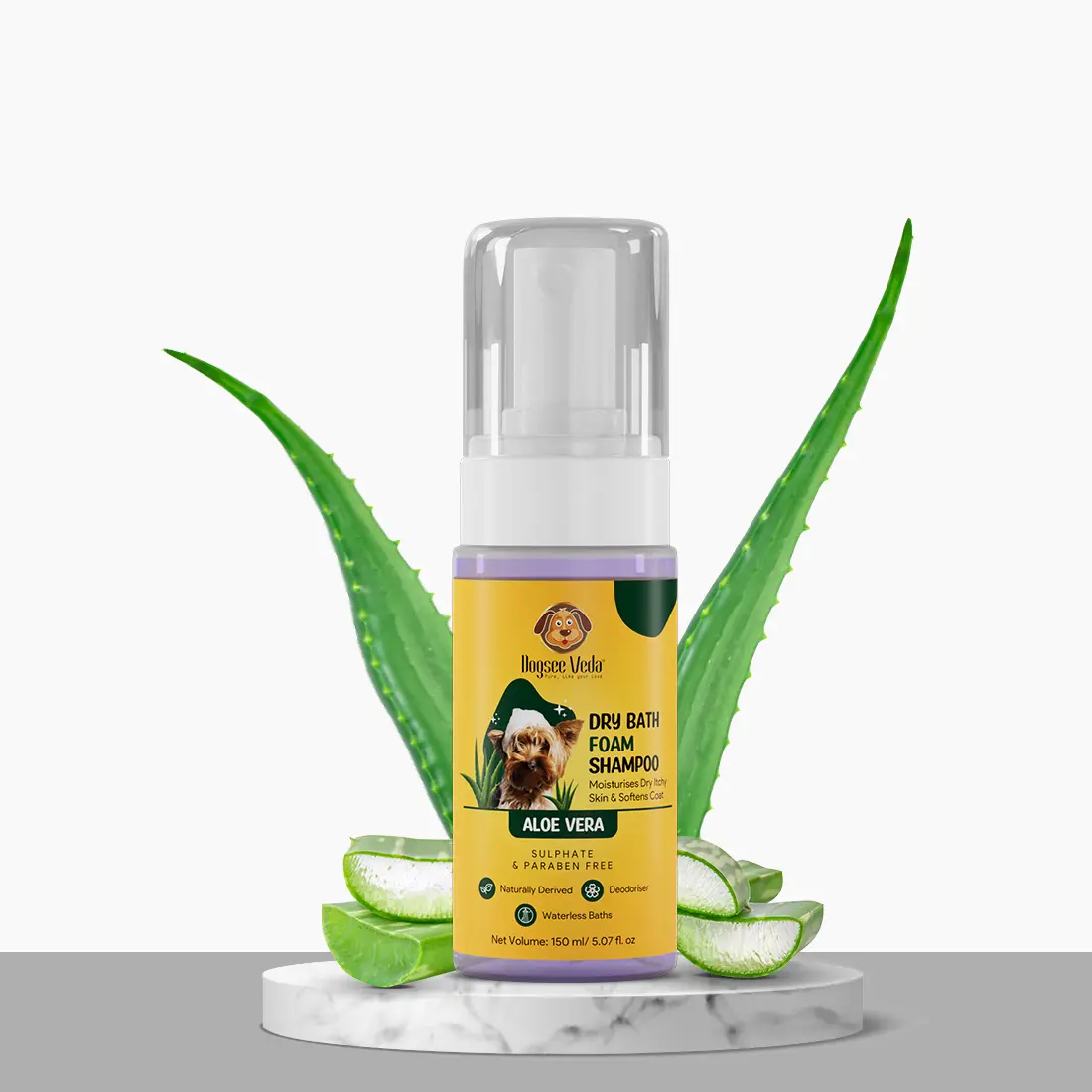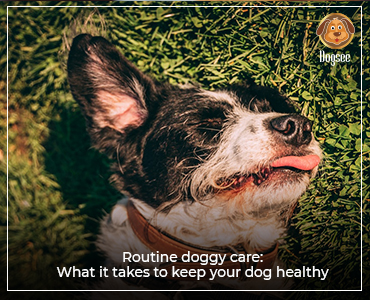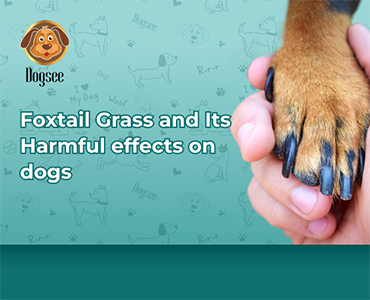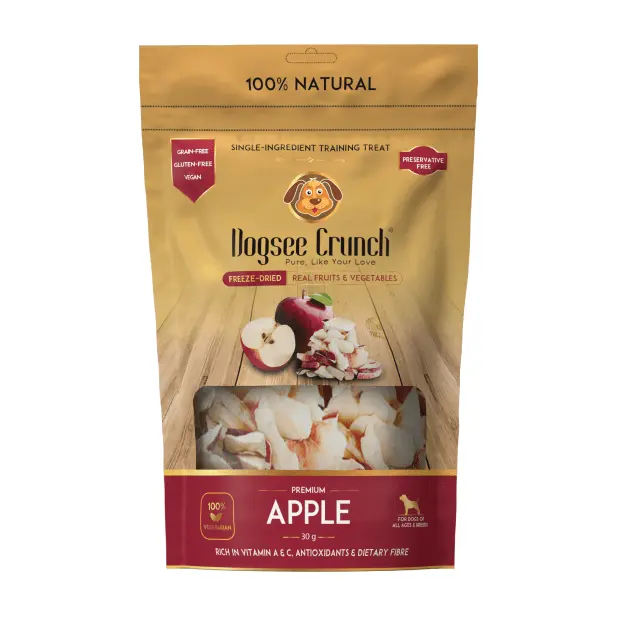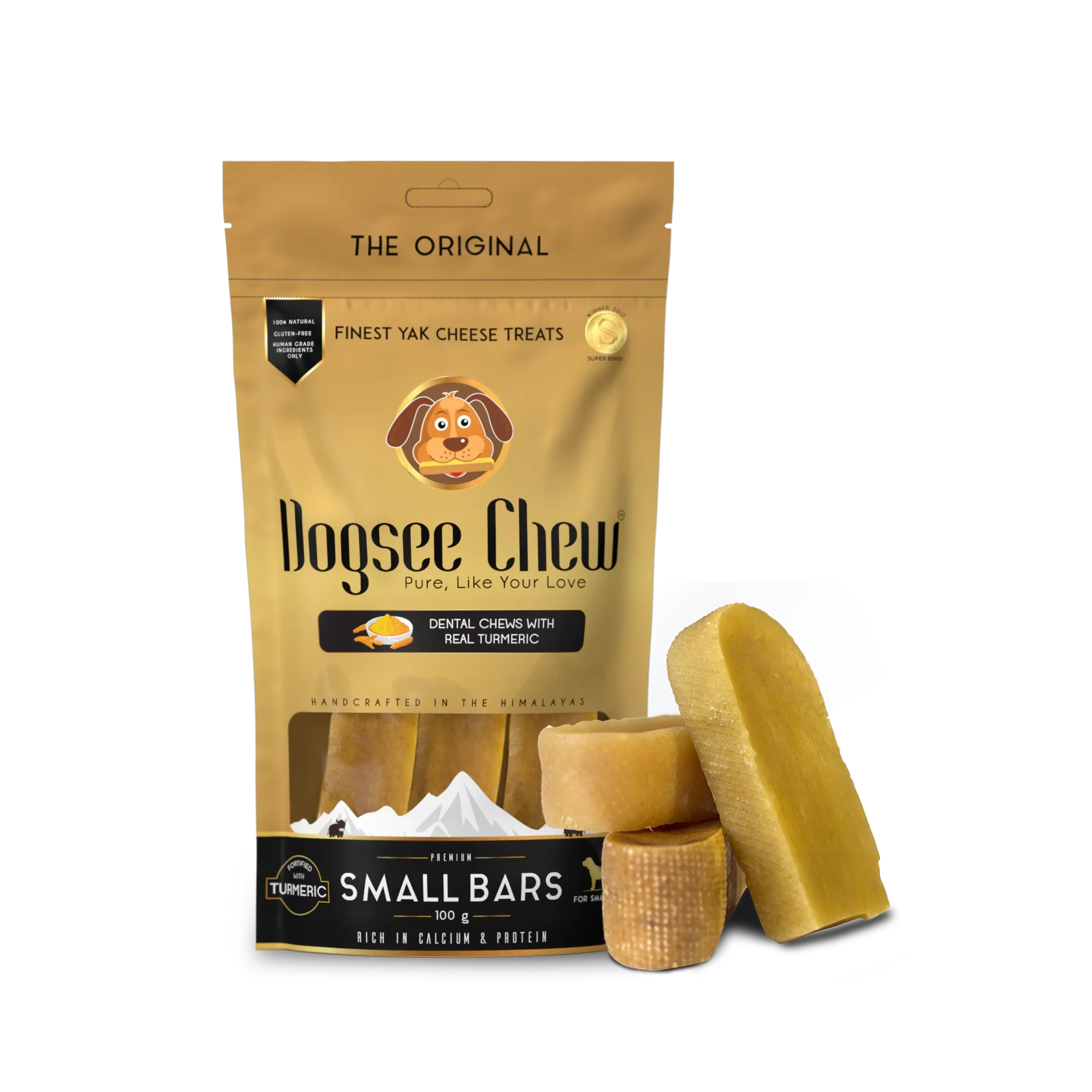Dogsee Veda Aloe Vera: Itch Relief Dog Shampoo
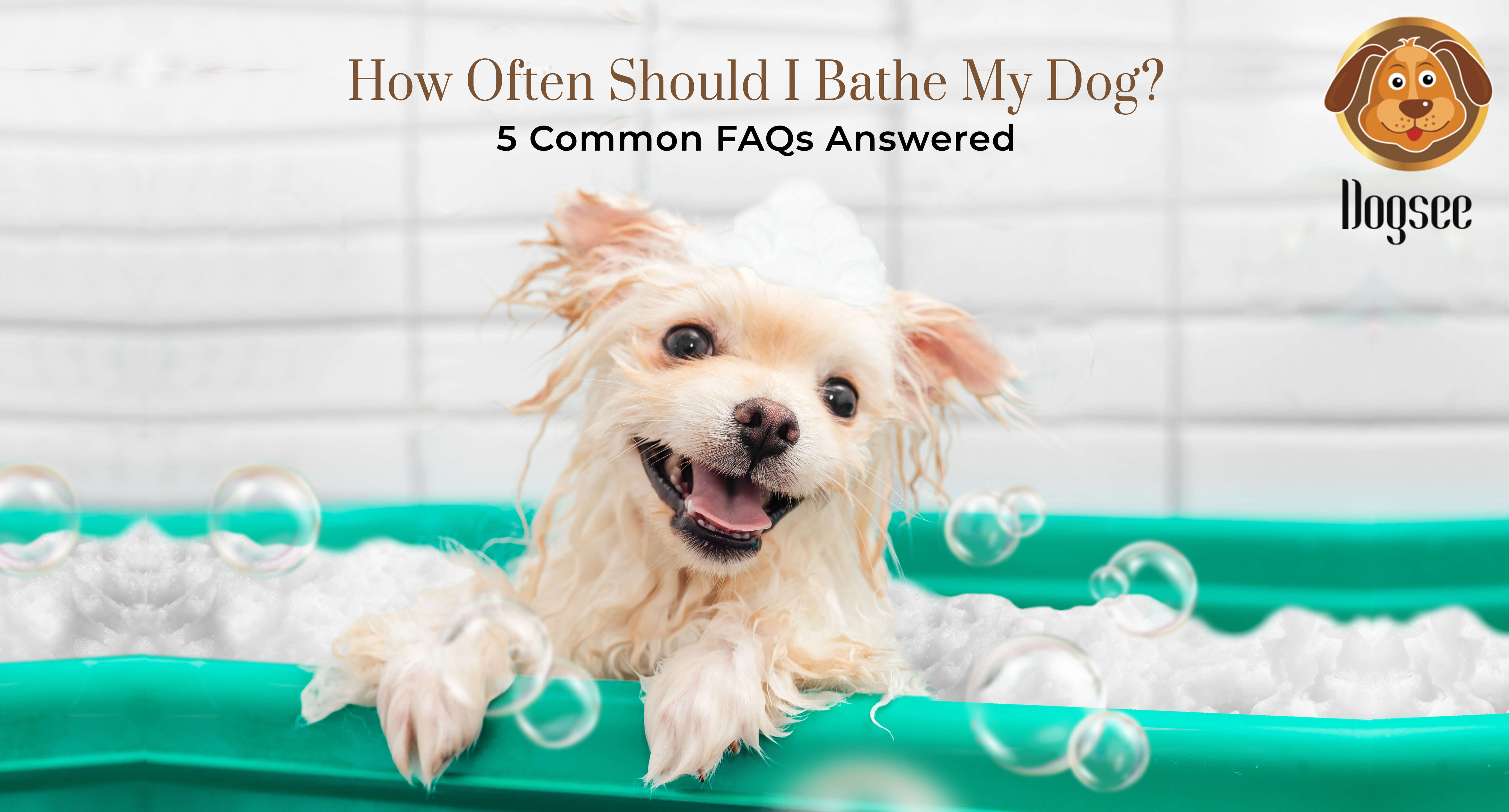
There is no doubt that bathing your pet is an important part of their grooming routine. As a responsible pet owner, however, you may be wondering, "How often should I bathe my dog?".
When it comes to keeping your dog's coat healthy, it can be difficult to find the right balance between keeping him clean and allowing his natural oils to be released.
We'll go over the factors that influence your dog's bathing frequency in this comprehensive guide, taking into account their breed, activity level, coat type, and overall health.
By the end, you'll have the knowledge you need to keep your dog fresh, comfortable, and happy.
We’ll also answer a few frequently asked questions about dog baths and dog bath shampoos.
5 common Frequently Asked Questions:
1. Why do we need separate shampoo for dogs?
Answer: Specifically designed to clean a dog's coat and skin, dog shampoo is a type of shampoo specially designed for dogs. It is also designed to be gentle on the skin of a dog in order to prevent irritation. Since human shampoo has a high pH value, it can be harsh on the skin of a dog, whereas dogs require a shampoo that has a low pH value and is gentle on the skin, so it may not clean the coat as effectively as dog shampoo, because the pH of human shampoo is too high. Human shampoo can also irritate the skin of dogs.
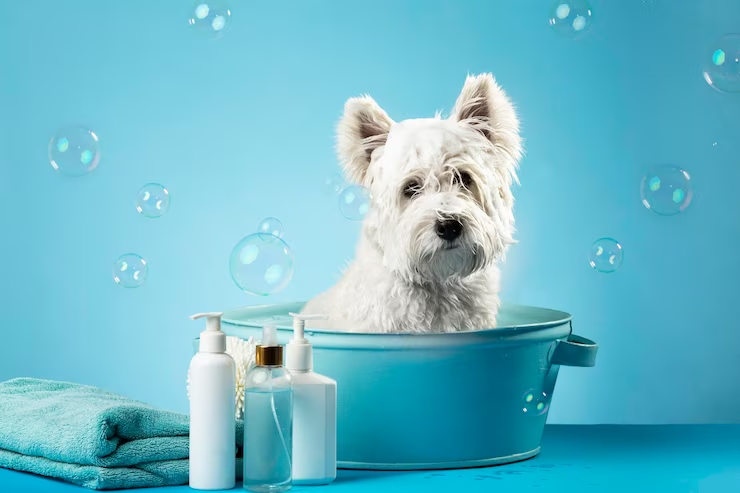
2. Are Dogsee shampoos suitable for dogs of all ages?
Answer: Yes! Due to the fact that a dog shampoo should be specifically made for the type of skin of a dog, it is usually safe to use the same dog shampoo on dogs of all ages. You just need to make sure that you do not use human shampoo on your dog.
3. Do shampoos help prevent ticks and fleas?
Answer: Yes! Our Dogsee Dogsee Veda Aloe Vera: Itch Relief Dog Shampoo contains aloe vera which has antibacterial and antifungal properties that thoroughly cleanses the skin and helps prevent ticks and fleas.
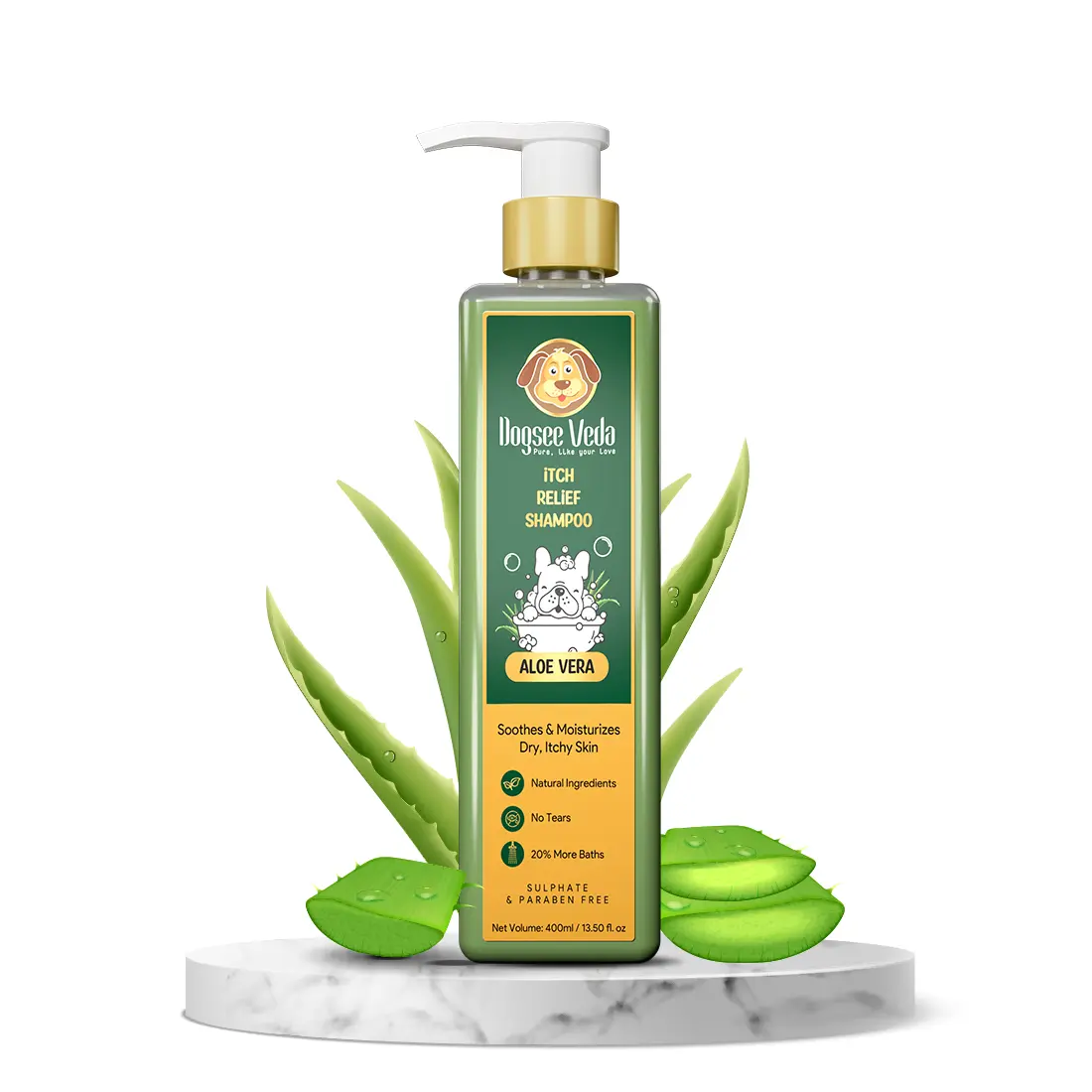
4. Do puppies need a different shampoo?
Answer: No! There is no need to use a separate shampoo for puppies since shampoos are typically designed for all ages and skin types of dogs, so you do not need to use a separate shampoo for puppies as it is designed to suit all ages and skin types. Make sure that you don't overdo it and that you bathe them with care and do not overdo it.
5. Can dry shampoo replace wet shampoo?
Answer: It is important to note that dry bath shampoo is not a substitute for regular water baths for dogs. This can be used as a temporary solution between baths or when water bathing isn't feasible, such as during cold weather or if the dog suffers from certain medical conditions that make water bathing inconvenient.
Factors Influencing Bathing Frequency
There are several factors that influence how frequently you should give your dog bath:
Breed and Coat Type: Each breed has a unique coat type, which can be long, short, double, or hairless.
Breeds with oily skin, such as retrievers, may need to bathe less frequently, whereas those with hairless skin may require more care to avoid clogged pores.
Activity Level: Active dogs who enjoy exploring outside may require more baths due to dirt, mud, and debris accumulation.
Skin and Coat Issues: Dogs with skin issues, allergies, or specific medical conditions may require specialized shampoos and bathing schedules as recommended by a veterinarian.
Seasonal Variations: Bathing frequency varies with the seasons. During rainy, muddy seasons, dogs frequently require more baths.
General Guidelines for Bathing Frequency
While there is no one-size-fits-all solution, the following are some general guidelines to help you determine how frequently to bathe your dog:
1. Bathing once a month: Most dogs can benefit from a bath every 4 to 6 weeks. This frequency achieves a balance between cleanliness and the preservation of their natural oils.
2. Oily or stinky coats: Breeds with oily skin or that have a strong odor may require more frequent baths. Aim for every two to four weeks.
3. Sensitive or Dry Skin: To avoid exacerbating skin issues, dogs with sensitive or dry skin should be bathed less frequently. Every 6 to 8 weeks may be sufficient.
Dogsee offers a wide range of ayurvedic shampoos for dogs targeting different sets of problems. Our shampoos are made for all skin types and they are made as per the dogs' needs.
One of our shampoos is Dogsee Veda Oatmeal: Hypoallergenic Dog Shampoo that is specifically made for dogs with sensitive skin.
4. Outdoor Dogs: If your dog is particularly active outside and gets dirty frequently, a bath every 2 to 3 weeks may be necessary.
5. Puppies have sensitive skin and may not require frequent baths. Use a mild puppy-specific shampoo every 6 to 8 weeks.
Because puppies don’t need frequent baths, pet parents can use our Dogsee Veda Dry Bath Foam Shampoo which is great for waterless baths and effectively cleanses dogs.
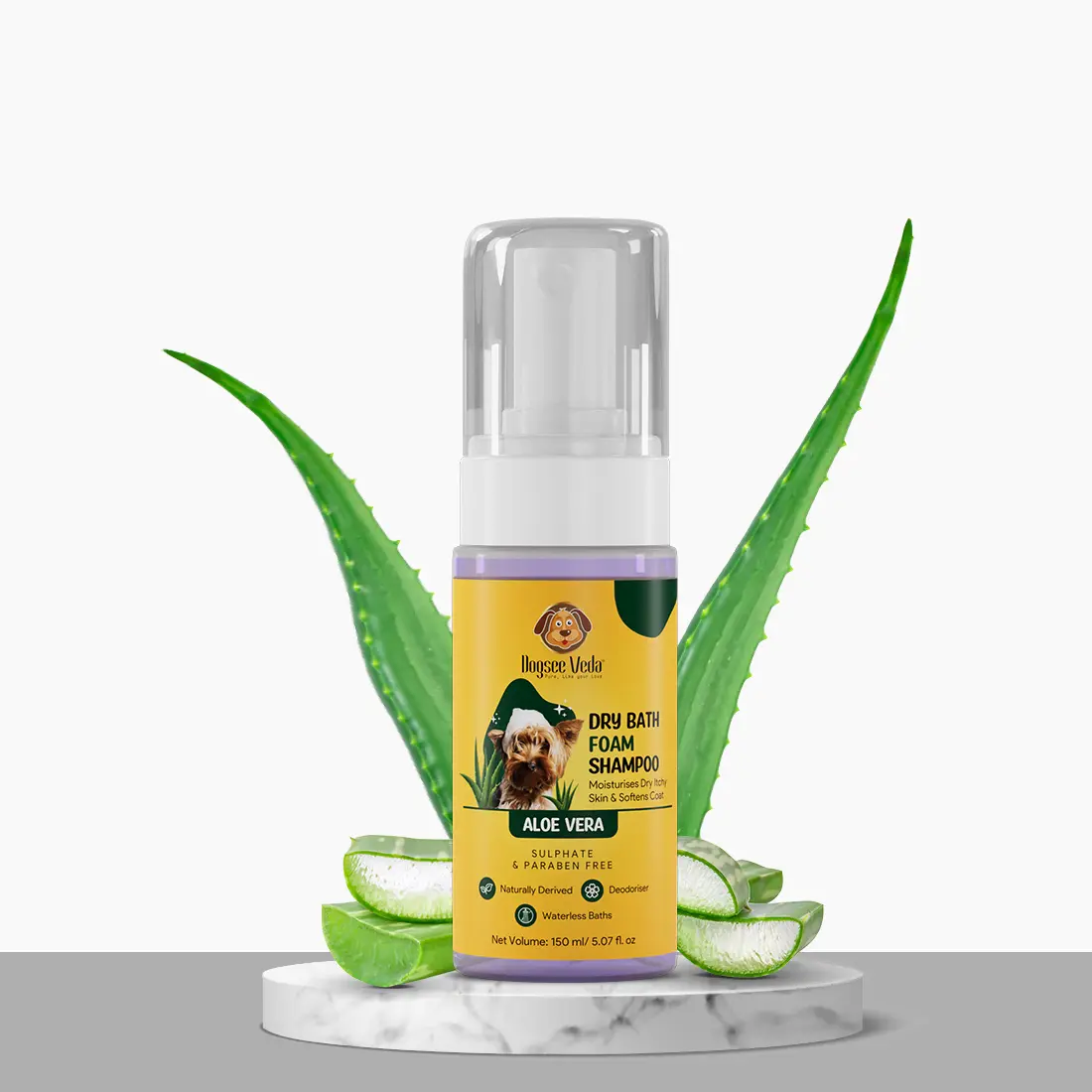
Bathing Tips and Best Practices
When it comes time to bathe your dog, keep the following tips in mind to ensure a successful and stress-free experience:
Use Dog Shampoo: Human shampoos can be harsh on your dog's skin. Choose a dog shampoo that is appropriate for their coat type and any special needs they may have.
Gather Supplies: Before you begin, gather all necessary supplies, such as towels, shampoo, brushes, and treats.
Brush Your Dog First: Brush your dog thoroughly before bathing to remove any tangles or mats. This allows the shampoo to penetrate more evenly and smooths out the bathing process.
Warm Water: For your dog's bath, use lukewarm water. Avoid extreme temperatures that may shock or irritate them.
Give your dog a gentle massage while he is bathing. This not only helps with shampoo distribution but also creates a positive bonding experience.
Thorough Rinsing: Make sure to thoroughly rinse your dog to remove all shampoo residue. Remaining residue may irritate their skin.
After the bath, gently dry your dog with a clean towel. You can use a blow dryer on a low, cool setting if they tolerate it.
Conclusion,
So, how often should you give your dog a bath?
The answer is nuanced and depends on a variety of factors. It is critical to strike the right balance between maintaining their hygiene and preserving their natural oils.
Remember that over-bathing can cause skin problems, while infrequent bathing can cause unpleasant odors and hygiene problems.
You can tailor a bathing schedule that keeps your dog feeling and smelling their best by taking into account their breed, coat type, activity level, and overall health.
Always listen to their cues: if they're scratching excessively or their coat is looking dull, it's time for a bath. Finally, a happy and healthy dog is the best indicator that your bathing routine is on track.
Additionally, it’s always good to be updated with dos and don'ts as pet parents as it makes you mindful of how to take good care of your dog in the best possible way, be it in terms of mental health or physical health.
Don't forget to follow us on Instagram and Facebook so that you stay up-to-date about our latest products and promotions.
 HELPFUL0 people found it helpful
HELPFUL0 people found it helpful
Related Blogs
Subscribe to Our Blogs
and never miss on the latest update!








